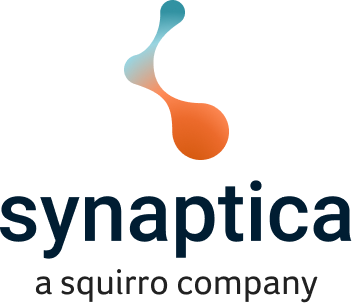After defining knowledge models, collaboration spaces and governance policies and procedures, the process of developing and managing taxonomies and ontologies can begin.
This content has been archived. It may no longer be relevant
Developing Controlled Vocabularies
Import, edit, enrich and review
Using Industry Standards
Enterprises should review relevant industry standards describing the principles of controlled vocabulary management before preparing internal editorial guidelines. Two essential standards are ISO 25964-1:2011 and ANSI-NISO Z39.19-2005 (R2010).
ISO 25964-1:2011 is available for purchase from: https://www.iso.org/standard/53657.html
ANSI-NISO Z39.19-2005 (R2010) is available as free download from: https://www.niso.org/publications/ansiniso-z3919-2005-r2010
Before embarking on an enterprise taxonomy development initiative, enterprises should perform a thorough discovery and analysis exercise to ensure the level of effort has been scoped and the design of the taxonomies will address business goals and the requirements of consuming content management, tagging, and search and discovery systems.
Taxonomy Development Workflows
Enterprise taxonomy development workflows include importing and manually creating concepts and their properties and relationships, creating and moving concepts within hierarchies, creating associative relationships, adding and editing concept labels and definitions, and building crosswalks to map one taxonomy to another. For stakeholder review and approval processes see the section on governance.
Importing Taxonomies
Enterprise taxonomy management systems should be capable of importing taxonomies in a variety of desktop-friendly human-readable formats (such as
MS Excel and CSV), as well as machine-friendly formats (such as RDF-XML, JSON, TriG, Turtle, etc.).
In the example below an Excel file contains a mixture of all of the common data elements found in a taxonomy including: a human-readable nested hierarchy of concepts, plus columns for definitions, synonyms and associative relationships.
Graphite supports the import of both human-readable and machine-readable files. They can either be imported starting from the top level of a taxonomy scheme, or as a structure placed under any existing concept.
During import systems must enforce all the business rules validations that would be performed if the data were being input manually, including preferred label uniqueness and circular reference checks, as well as cardinality checks. All editorial actions performed during an import must also be subject to user permissions.
”After defining knowledge models, collaboration spaces and governance policies and procedures, the process of developing and managing taxonomies and ontologies can begin.






